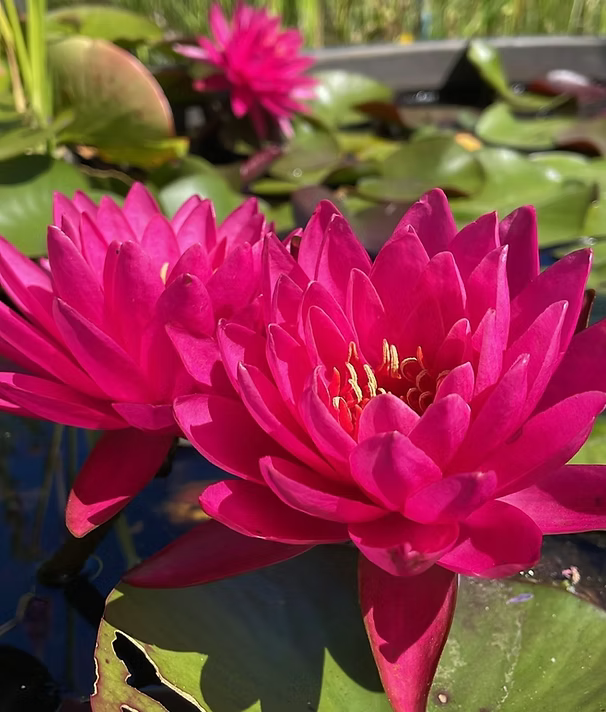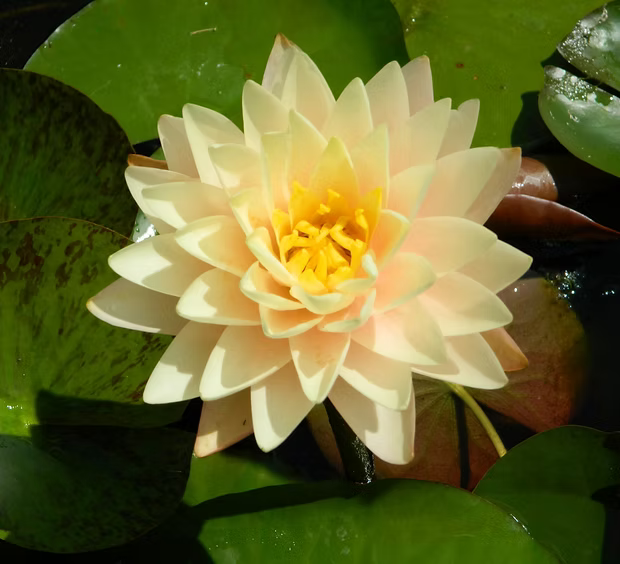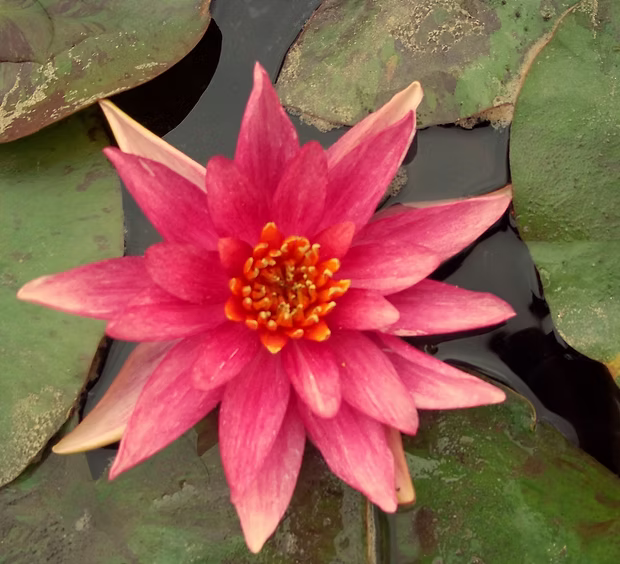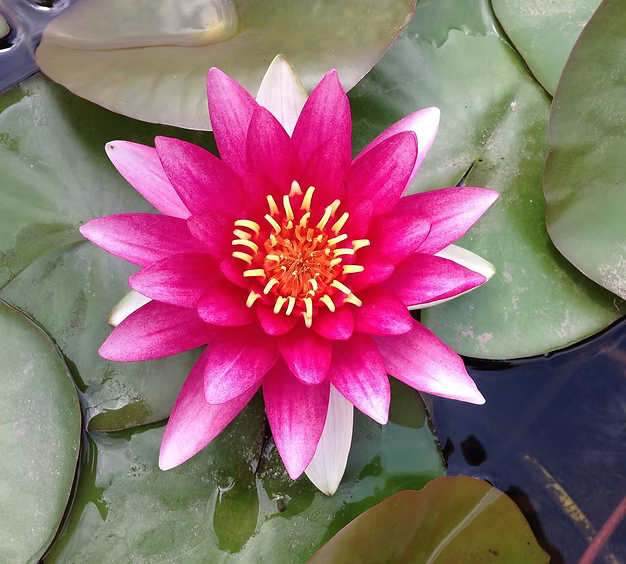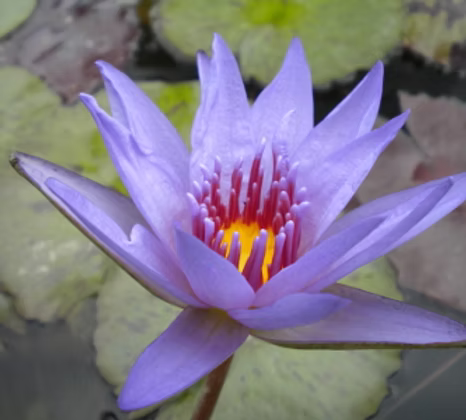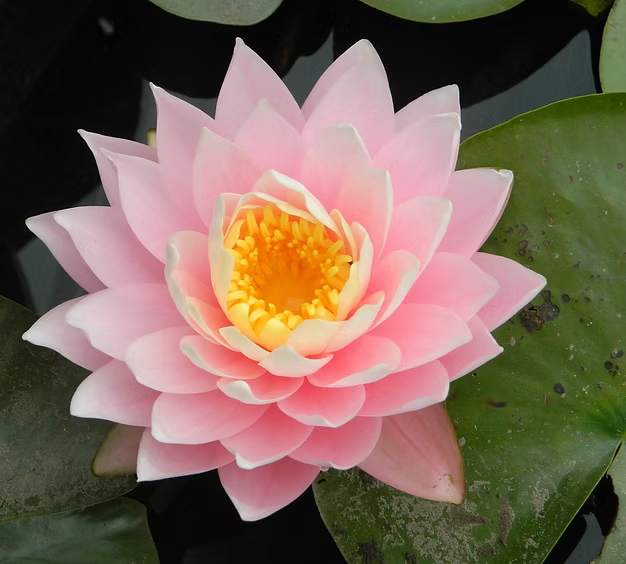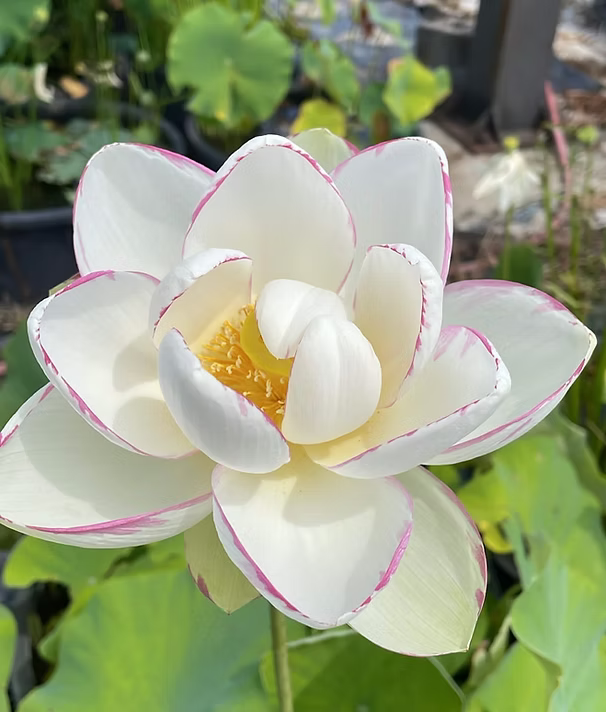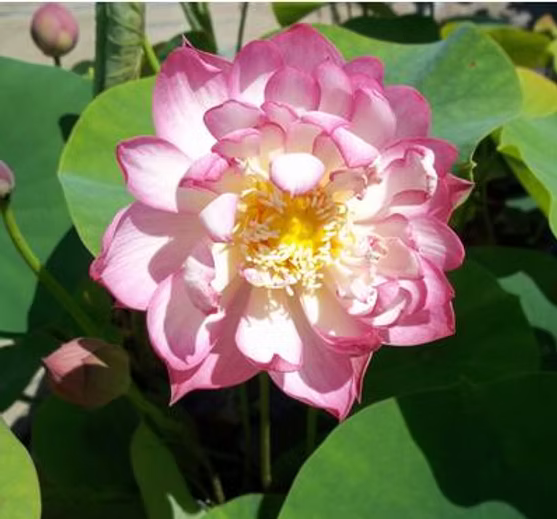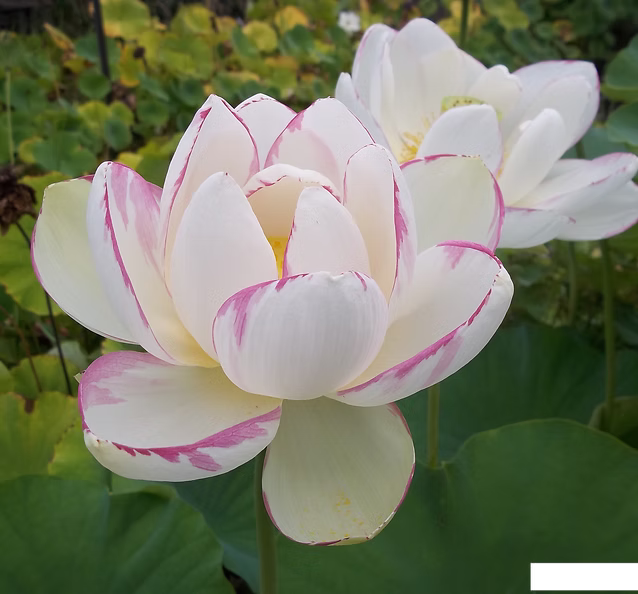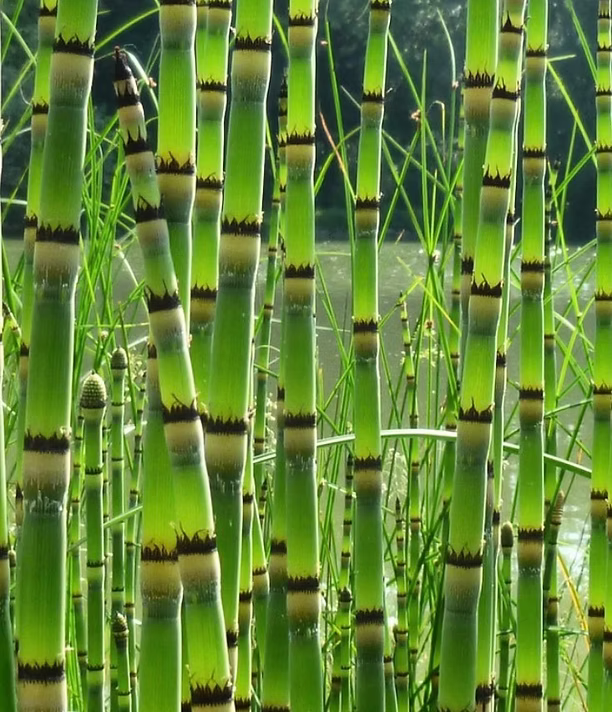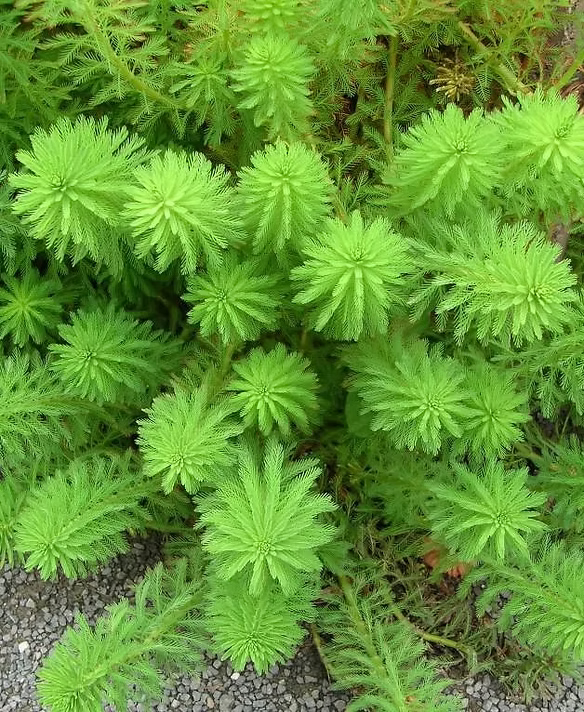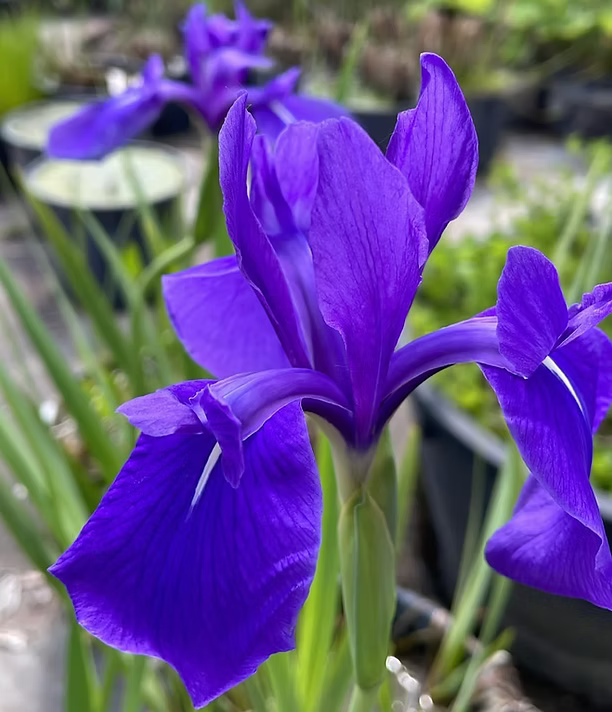General
Aquatic plants are divided into different categories: floating, submerged, marsh and oxygenating. If you have a pond, we recommend water lilies and oxygenating plants to keep the water clean. For an aquarium, anubias and vallisnerias are excellent choices. If you have any doubts, contact us for a personalized consultation.
Each plant has its own specific needs, but in general, the roots of bog plants should be immersed in the substrate, while floating plants should be left free on the surface. Using natural fertilizers and controlling sunlight will help keep them healthy. We will send you a detailed guide with your purchase.
Yes! Oxygenating plants like hornwort absorb excess nutrients and reduce algae growth. Floating plants like water lettuce provide shade and reduce evaporation, contributing to the balance of the aquatic ecosystem.
Shipping
Yes, we ship all over Italy with special packaging to ensure that the plants arrive fresh and in excellent condition. Orders are processed within 24-48 hours and delivered in 1-3 business days, depending on the destination. You will receive a tracking code to follow the shipment.
If you have any other questions, please feel free to contact us! 😊
Plants are packaged with protective materials and systems that maintain humidity to ensure they arrive fresh and in perfect condition. We use reinforced boxes to avoid damage during transport.
If your plants arrive in less than perfect condition, please send us a photo within 24 hours of delivery. We will evaluate the problem and, if necessary, provide a replacement or refund. Customer satisfaction is our priority!
Water lilies
There are several varieties of water lilies , including hardy and tropical water lilies. Hardy water lilies, such as pink water lilies , yellow water lilies , and white water lilies , are suited to colder climates, while tropical water lilies grow best in warm climates.
Yes, water lilies are well suited to growing in plastic pond pots . This allows you to control their growth and makes maintenance easier.
To plant water lilies, it is advisable to use a specific pot for aquatic plants, filled with dense soil. Large plastic pots help to maintain the stability of the plant in the pond.
Water lilies benefit from fertilizing in early spring and during the growing season. It is recommended to use specific fertilizers for aquatic plants every 4-6 weeks.
Lotus flowers
The lotus flower symbolizes purity, enlightenment and rebirth.
In Eastern cultures, it represents the ability to emerge uncontaminated from muddy waters, reflecting the purity of the soul.
To grow lotus in a pond, it is advisable to plant the rhizomes in containers with clay soil, immersing them in water at least 20 cm deep.
The plant requires full sun exposure and warm temperatures to thrive.
In addition to their ornamental value, lotus flowers provide shade, reducing algae growth, and provide habitat for aquatic fauna, contributing to the balance of the pond ecosystem.
Yes, lotus flowers can be grown in large, waterproof pots or containers, as long as they are deep enough to allow the rhizomes to develop and contain enough water to cover the plant.
Wet soil plants
Moist soil plants are species that grow well in soils that are constantly moist or subject to waterlogging, such as marshy areas or the edges of ponds.
Among the most popular plants for humid soils are irises, marsh reeds, ferns and some species such as the marsh calla.
Yes, many moist soil plants do well in poorly drained gardens or near fountains and ponds.
Species such as aquatic irises and marsh calla lilies are highly appreciated for their bright colours and ability to aesthetically enhance any green space.
Oxygenating Plants
Oxygenating plants are aquatic species that release oxygen into the water, essential for the health of ponds and aquariums.
The best oxygenating pond plants include hornwort, elodea, and water yarrow, which are ideal for keeping the water clean and oxygenated.
Yes, there are oxygenating aquarium plants such as elodea and java moss, which improve water quality and provide shelter for fish.
In addition to oxygenating the water, oxygenating plants limit the growth of algae and promote a balanced ecosystem.
Marsh Plants
Marsh plants are aquatic species that grow in moist or slightly submerged soil, ideal for ponds and marshy areas.
There are various types of marsh plants , including decorative plants such as irises and marsh calla lilies, plants for phytoremediation and carnivorous plants .
Yes, many bog plants grow well in moist soil without being completely submerged.
Some of the best marsh plants include rushes, reeds, aquatic irises, and the carnivorous marsh plant , which adds a unique touch to your pond.

